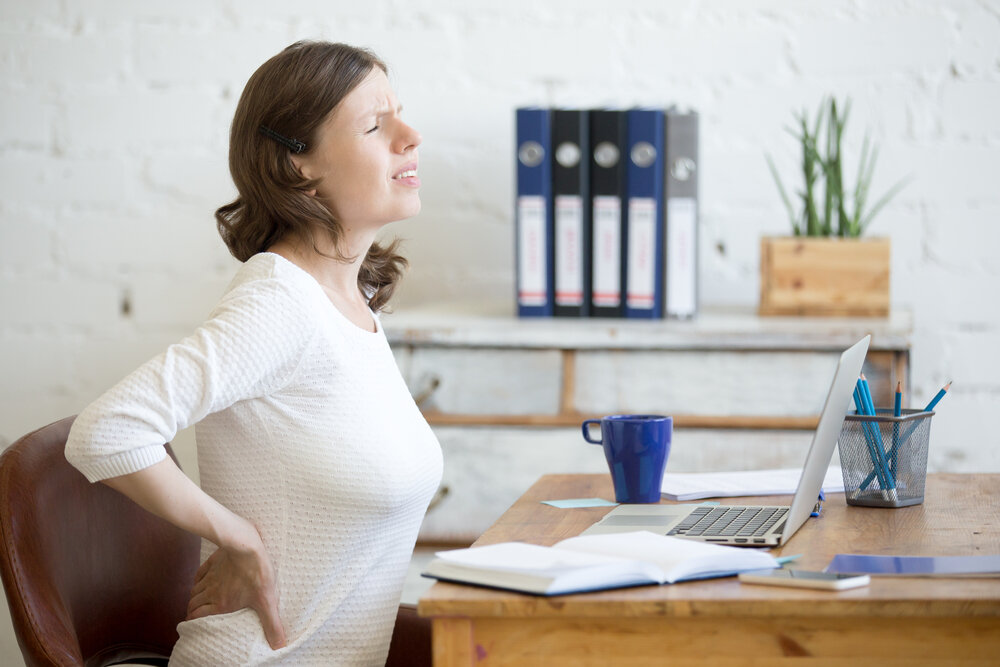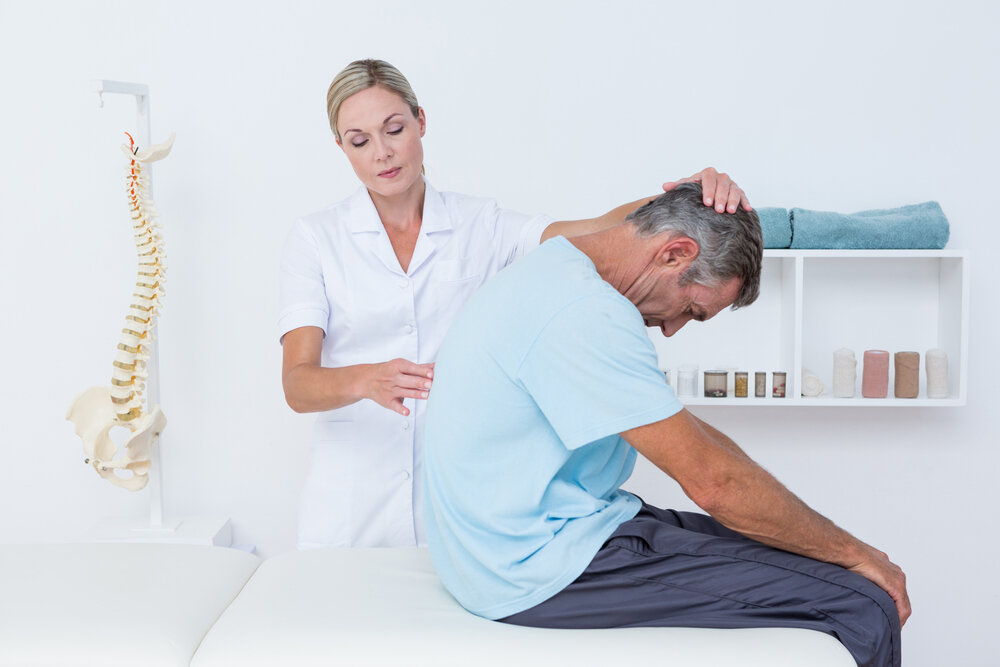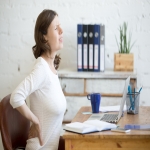Spinal pain is highly prevalent in the lumbar (lower back) and cervical (neck) regions; it is often the cause of many lost working days. The common reasons of low back pain are lumbar muscle strains and sprains. The thoracic spinal cord can also cause spinal pain but the thoracic backbone is far less often injured than the lumbar and the cervical spine because it is much more rigid.
Because of its weight-bearing properties and involvement in movement, twisting and bending, the lumbar and cervical spine are likely to strain. When fibers are unusually stretched or worn out, lumbar muscle stress is caused. Lumbar sprain caused by unusually stretched ligaments that are hard tissue bands which hold bones together. They can both be caused by a sudden wound or by progressive excessive use. In that case the best option you can have is contacting a neck and spine doctor.
The soft tissues become inflamed when the lumbar spine is tightened or sprayed. This inflammation can cause pain and spasms in the muscles. Although lumbar strain or sprain may be extremely weak, neurosurgical attention is usually not necessary.

Symptoms
-
Stiff back, restricted motion
-
Inability to maintain sitting postures
-
Muscle spasms while resting or during activities
-
Persistent pain for 10-14 days
-
Inability to walk properly with all types of shoes
Causes
Muscle or Ligament Strain
The muscles and spinal ligaments can stress by frequent heavy lifting or sudden stressful movement. Constant back strain can lead to painful muscle spasms if you're in poor physical condition.
Bulged or Ruptured Discs
The discs act as coils between your spine's bones (vertebras). The soft material in a disk can sprout or break and push the nerve. But without back pain you can have a broken or bulging disc. Disc illness is often incidentally found for some other reason when you have spine X-rays.
Arthritis
The lower back may be affected by osteoarthritis. Arthritis in the spine may in some cases reduce the space around the backbone, which is called backbone stenosis in some cases.
Osteoporosis
If your bones become porous and brittle, the vertebrae of your spine may develop compression fractures.

When to Visit a Doctor
Most back pain progressively improves, usually within a few weeks, with home treatment and self-care. See your neck and spine doctor if yours doesn't improve at that time.
In rare cases, a serious medical problem may be reported by back pain. Immediate care should you be concerned if your back pain causes new bowel or bladder problems, fever, falling, back pain or other injuries.
Prevention Tips
-
Do crunches and other exercises to strengthen abdominal muscles to increase the stability of the spine. Swimming, stationary biking and fast walking are good workouts that don't usually put extra emphasis on your back;
-
Use correct techniques like the lifting and moving of a heavy object (do not bow and lift) by squatting.
-
Obtain assistance when an object is too heavy or difficult;
-
Keep your position right when you sit and stand;
-
Quit the cigarette. Tobacco is a risk factor for atherosclerosis (artery hardening) which can result in lower back pain and discomfort;
-
If possible , avoid stressful situations, which may cause tension in the muscles;
-
Keep your weight healthy. Extra weight can be placed on the lower back, especially around the middle section.
Contact at Neuroscience Specialist for the best doctors for back pain. The doctors would help you to get relieve from the back pain as soon as possible.
**Disclaimer- Information presented here is not intended to be qualified medical advice. Nothing expressed herein creates a doctor-patient relationship.

